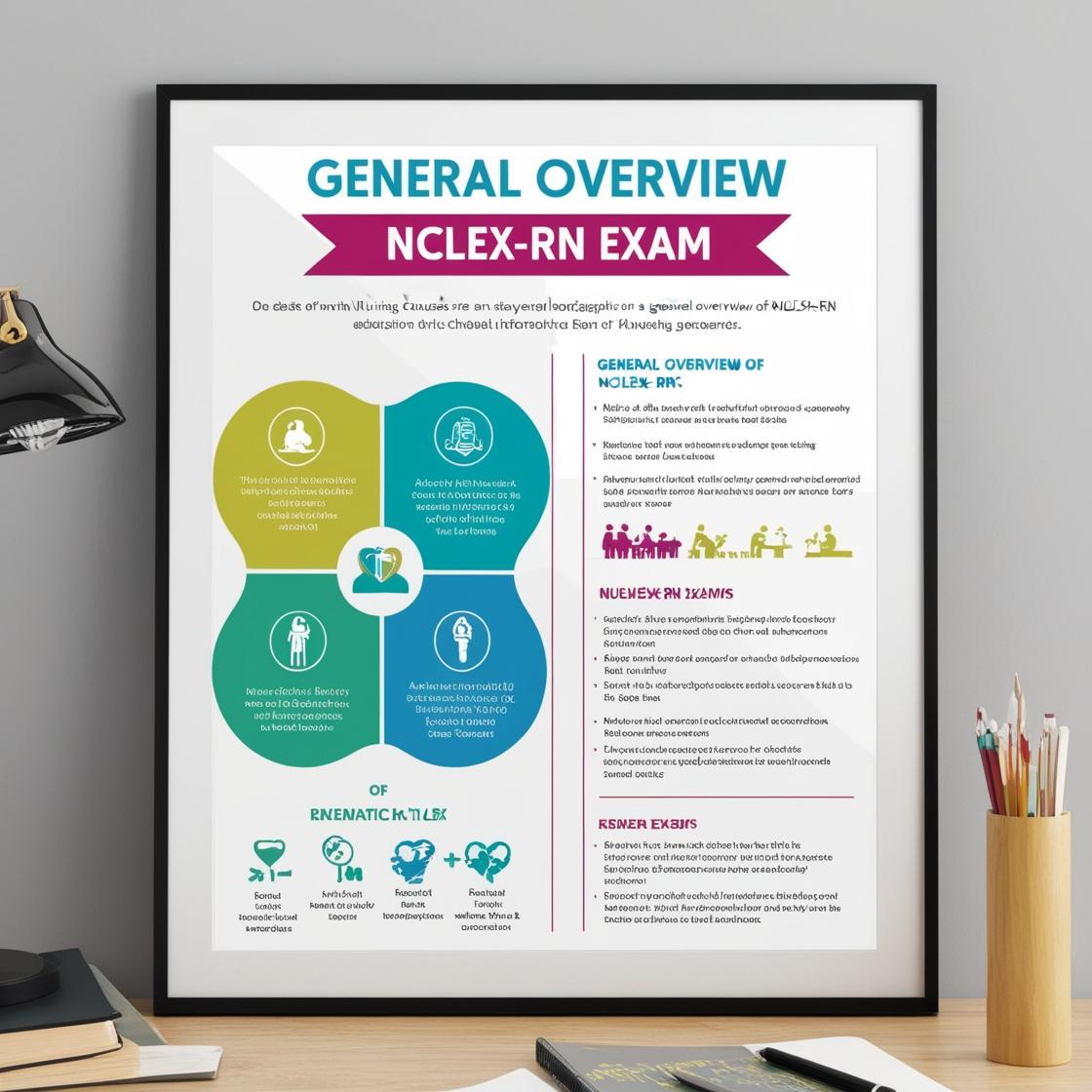NCLEX NCLEX-RN
NCLEX RN Actual Exam Test Bank
1. Which of the following is an example of client handling equipment?
- A. Wheelchair
- B. Height-adjustable bed
- C. Shower chair
- D. Call light
Correct answer: B
Rationale: Client handling equipment is designed to reduce stress and workload on healthcare professionals who assist, turn, or lift clients, aiming to decrease the risk of injuries from improper lifting techniques. A height-adjustable bed is a prime example of client handling equipment as it allows healthcare providers to raise the client to a suitable working height, facilitating care provision. Choices A, C, and D are not examples of client handling equipment. While a wheelchair, shower chair, and call light are essential in client care settings, they are not intended to aid in handling and lifting clients.
2. Which practice will help reduce the risk of a needlestick injury?
- A. Expose the end of the needle only when ready to enter the room for the procedure
- B. Never recap a needle after use
- C. Keep a sharps container nearby where it can be easily accessed
- D. Exchange needles from a central area rather than passing them between workers
Correct answer: C
Rationale: To reduce the risk of a needlestick injury, it is essential to keep a sharps container nearby where it can be easily accessed. This practice ensures quick and safe disposal of needles after use, minimizing the chances of accidental needlesticks. Recapping needles should be avoided as it increases the risk of injuries. Passing needles between workers should also be avoided to prevent accidental needle pricks during handovers. Therefore, the best practice to prevent needlestick injuries is to maintain a sharps container nearby for safe and immediate disposal of needles.
3. Which of the following is an organizational factor that affects workplace violence directed at nurses?
- A. Clients who have short hospital stays
- B. The presence of security guards
- C. Restricted client areas
- D. Understaffing of nursing personnel
Correct answer: D
Rationale: Understaffing of nursing personnel is a critical organizational factor that can contribute to workplace violence directed at nurses. When there are too few nurses on duty due to understaffing, it can lead to delays in care delivery and inadequate attention to clients' needs. This situation can result in heightened frustration, aggression, or violence from clients or their families towards the nursing staff. On the other hand, the presence of security guards (Choice B) may enhance safety in the workplace and deter violence, making it an incorrect choice. Clients who have short hospital stays (Choice A) and restricted client areas (Choice C) are not directly linked to organizational factors that promote workplace violence against nurses, making them incorrect choices.
4. Which of the following actions can help prevent a fire in the area where a healthcare professional works?
- A. Using an adaptor when plugging in client equipment
- B. Marking equipment that is not working properly and using it carefully until it can be inspected by maintenance
- C. Notifying visitors or posting signs that indicate oxygen is in use in certain areas
- D. Keeping extra equipment stored in one area with other supplies and materials
Correct answer: C
Rationale: The correct action to help prevent a fire in a healthcare setting is to notify visitors or post signs indicating that oxygen is in use in certain areas. Oxygen is a combustible material, and awareness of its presence is crucial to prevent fire hazards. By informing all individuals in the facility about the use of oxygen through clear signs or notifications, the risk of improper use and potential fire accidents can be minimized. Choice A is incorrect because using an adaptor when plugging in client equipment is not directly related to fire prevention. Choice B is also incorrect as marking faulty equipment and using it until inspection does not directly address fire prevention. Choice D is not a recommended action for fire prevention; storing extra equipment with supplies does not address the specific fire risk associated with oxygen use.
5. Which complication of cardiac catheterization should the nurse monitor for in the initial 24 hours after the procedure?
- A. Angina at rest
- B. Thrombus formation
- C. Dizziness
- D. Falling blood pressure
Correct answer: B
Rationale: Thrombus formation is a critical complication of cardiac catheterization that the nurse should monitor for in the initial 24 hours after the procedure. A thrombus can form in the blood vessels, obstructing blood flow and potentially leading to serious consequences such as embolism or organ ischemia. While angina at rest, dizziness, and falling blood pressure are potential complications following cardiac catheterization, they are not typically associated with the immediate post-procedural period. Monitoring for thrombus formation is essential to ensure early detection and intervention, which can prevent serious complications.

Access More Features
NCLEX RN Basic
$1/ 30 days
- 5,000 Questions with answers
- Comprehensive NCLEX coverage
- 30 days access
NCLEX RN Premium
$149.99/ 90 days
- 5,000 Questions with answers
- Comprehensive NCLEX coverage
- 90 days access
